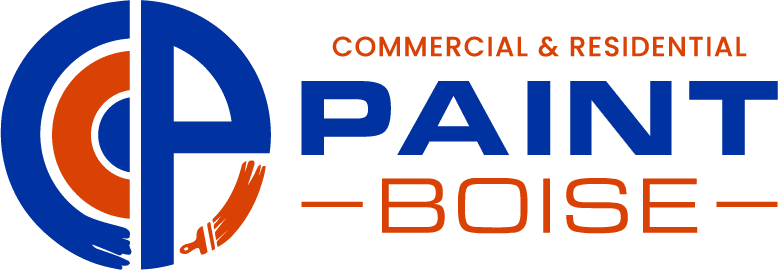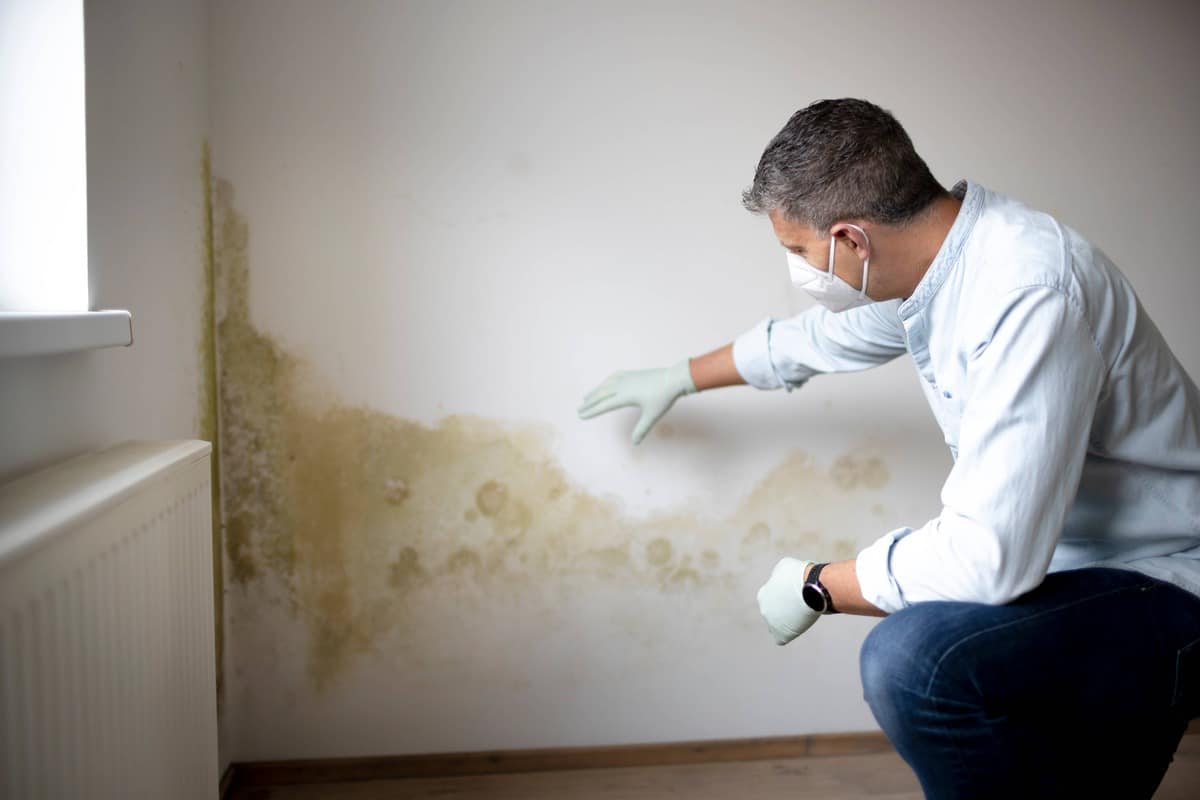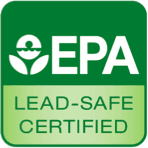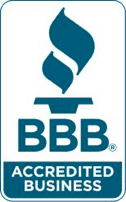Mold is a common problem in homes and commercial buildings. If there’s moisture and oxygen present in the area, it’s just a matter of time before mold starts growing. When you notice dark spots from mold or mildew gradually appearing on your walls or ceiling, your first instinct may be to just paint over them. But will painting over the mold solve your problem? Let’s find out. In this blog, we will discuss the best course of action to deal with mold and whether or not you should paint over it.
What is Mold?
Mold refers to the growth of fungi on surfaces inside a building due to excess moisture. It commonly appears black or green and thrives in damp environments. Mold is not only damaging to your building materials and belongings, but it also poses significant health risks, such as allergies, skin irritations, and breathing problems. Mold spreads by releasing spores in the air, which also deteriorates your air quality.
Does Painting Over Mold Solve the Problem?
Painting over mold might restore the look of your living space, but it doesn’t solve the underlying problem of mold growth, since the mold will still be present. The paint will simply cover the visual presence of mold, such as dark spots and spores. However, the mold will not be eliminated. It will actually keep growing and, sooner or later, may reappear. Therefore, it’s best to get rid of the mold first before painting over the surface.
What Happens If You Paint Over Mold?
If you paint over mold, you won’t get rid of the mold. Instead, the paint will only hide the mold. Since the underlying cause of the mold was not addressed, over time, the mold will continue to grow and may become visible through the paint. The paint will start to bubble, crack, and peel due to moisture from the mold.
How to Paint Over Mold?
It’s clear that you cannot paint over mold if you want your painting job to last and maintain a healthy indoor environment. So what’s the right way to paint walls that have mold and permanently address the issue? Let’s find out.
Remove Mold
The first step for dealing with moldy walls is to remove the mold. Your main focus should be on finding the root cause of the mold and eliminating it from its source. It’s best to call a mold remediation company. Once the mold is removed, you’ll need to take additional steps to prevent the mold from recurring.
Clean & Dry The Surface
Once your space is free of mold, you can start cleaning and drying it. Remove and discard all the belongings affected by mold. If your walls aren’t dry and you paint over them, the moisture will be trapped, which will put your home at risk of mold again. Therefore, it’s best to wait till the walls are fully dry.
Apply Primer
Once your walls have dried, the next step is to apply primer to the walls. While paint cannot kill mold, applying a coat of primer on your walls before painting can result in better paint adhesion.
Paint the Walls
After applying primer to the walls, choose a suitable color and start the painting process. Choose your paint type carefully; use water-based or latex paints because they are mold-resistant, which makes them ideal for this particular task. We recommend not using oil-based paints because they contain ingredients that can feed mold growth if the paint is exposed to humidity or if mold spores are still present in the air.
Why Is Mold Removal Necessary Before Painting?
Proper mold removal is crucial before painting because painting over mold is a surface-level fix to a serious underlying problem. Mold growth will continue under the paint, eventually causing the paint to crack and leading to more extensive damage to your walls. It is necessary to thoroughly remove the mold, clean the walls, and address the underlying moisture issues before painting. Proper mold remediation ensures a lasting paint job and a healthier living environment.
Things To Consider Before Painting Over Mold
Before you consider painting over mold, it’s crucial to understand that painting alone is not a solution. The most important first step is proper mold removal. Thoroughly clean and remove all visible mold using appropriate gear and cleaning solutions designed for mold remediation. If needed, call for professional mold removal services. Once the mold is removed, address the underlying cause of the mold growth.
Mold thrives in damp conditions, and common culprits include water leaks and high humidity. Investigate any signs of water damage, such as leaky pipes, roof leaks, or foundation cracks, and repair them promptly. When it comes to painting, select paints and primers specifically formulated to resist mold and mildew growth. You can call professional painters to make sure you get the best painting results.











